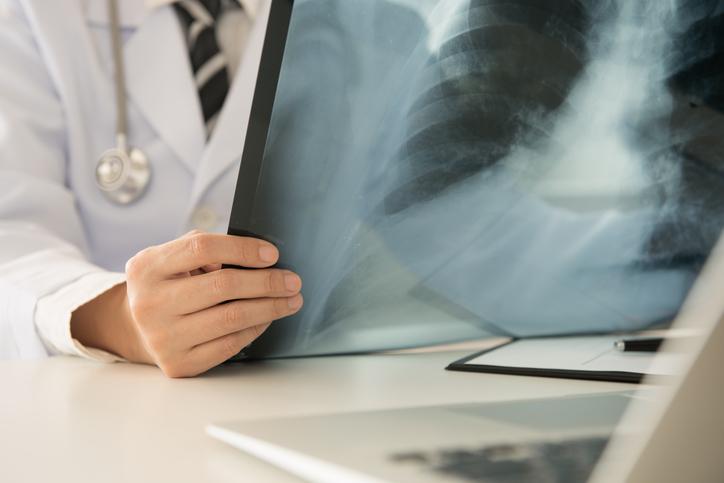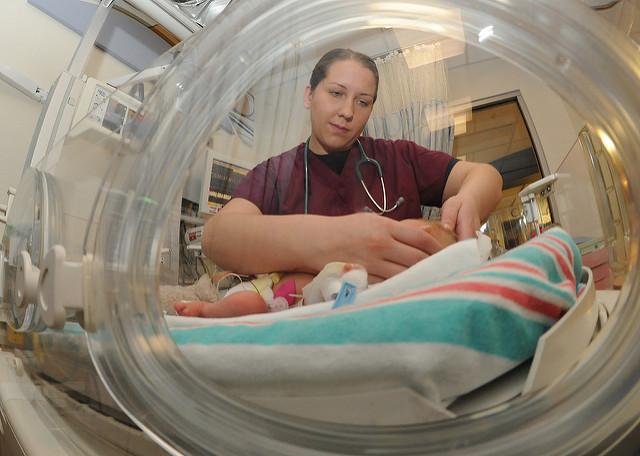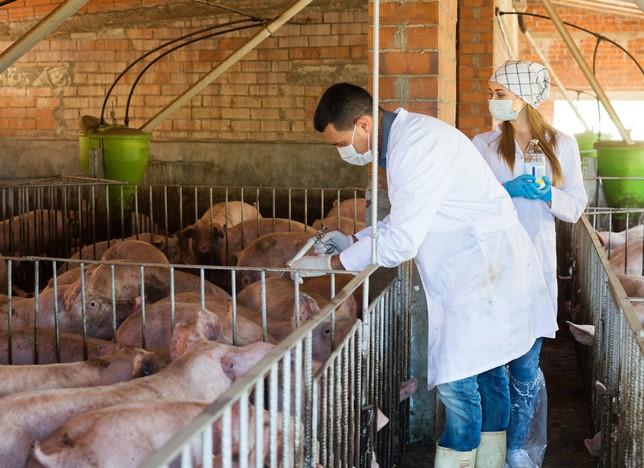Denmark's Statens Serum Institute (SSI) today said Mycoplasma pneumoniae infections have reached the epidemic level, with an increase that began in the summer but has risen significantly over the past 5 weeks, according to a statement translated and posted by Avian Flu Diary, an infectious disease news blog.

Last week, the Netherlands reported a striking rise in pneumonia in children and young people since August, according to a government surveillance report flagged by FluTrackers, an infectious disease news message board.
The notices of rising pneumonia activity in some European countries come against the backdrop of reports of overwhelmed pediatric hospitals and clinics in China due to a mix of respiratory viruses, including Mycoplasma pneumonia, commonly known as "walking pneumonia." The surge in respiratory infections in China raised fears that a novel pathogen was behind the rise.
In Denmark, Mycoplasma pneumonia activity is rising across the country, with 541 cases reported last week, triple that of the middle of October. SSI said epidemics occur about every 4 years, with incidence highest in the fall and early winter. Chinese clinicians, quoted in media reports, have said that, before COVID, the country experienced Mycoplasma pneumonia outbreaks every 3 to 7 years.
Taiwan prepares for possible surge
Elsewhere, Taiwanese officials today said Mycoplasma pneumonia is circulating at low levels, but given the surge in northern China they are taking steps to increase production and imports of azithromycin, the main drug used to treat the infection, its Central News Agency reported.
Currently, Mycoplasma pneumonia cases make up less than 1% of flulike illnesses diagnosed at Taiwan's hospitals over the past month.














